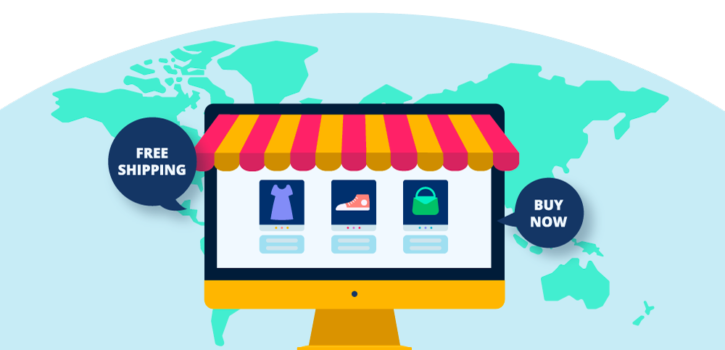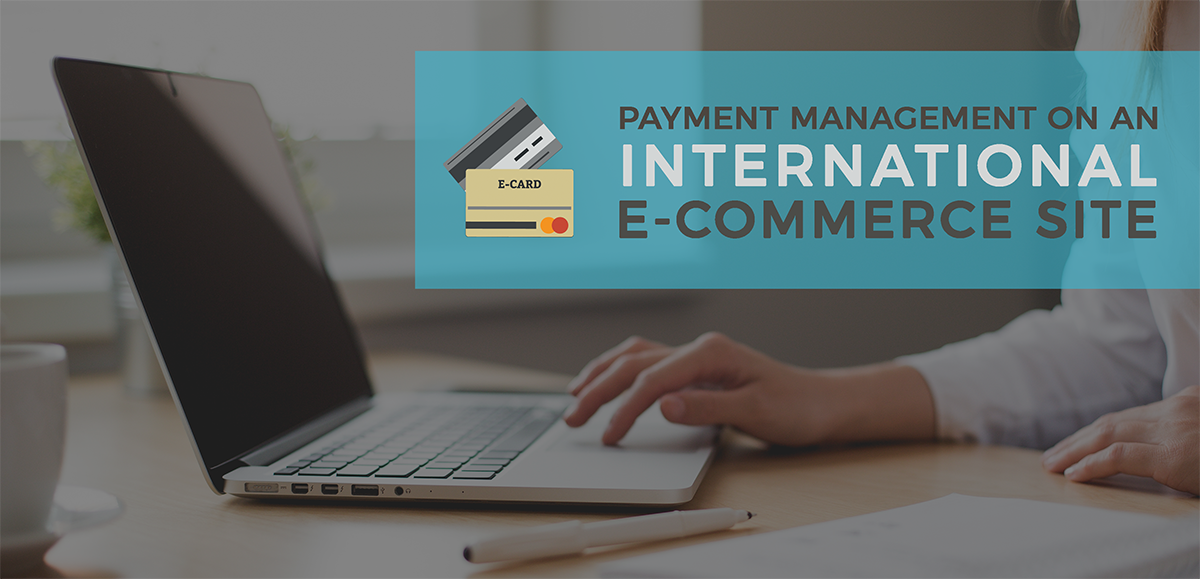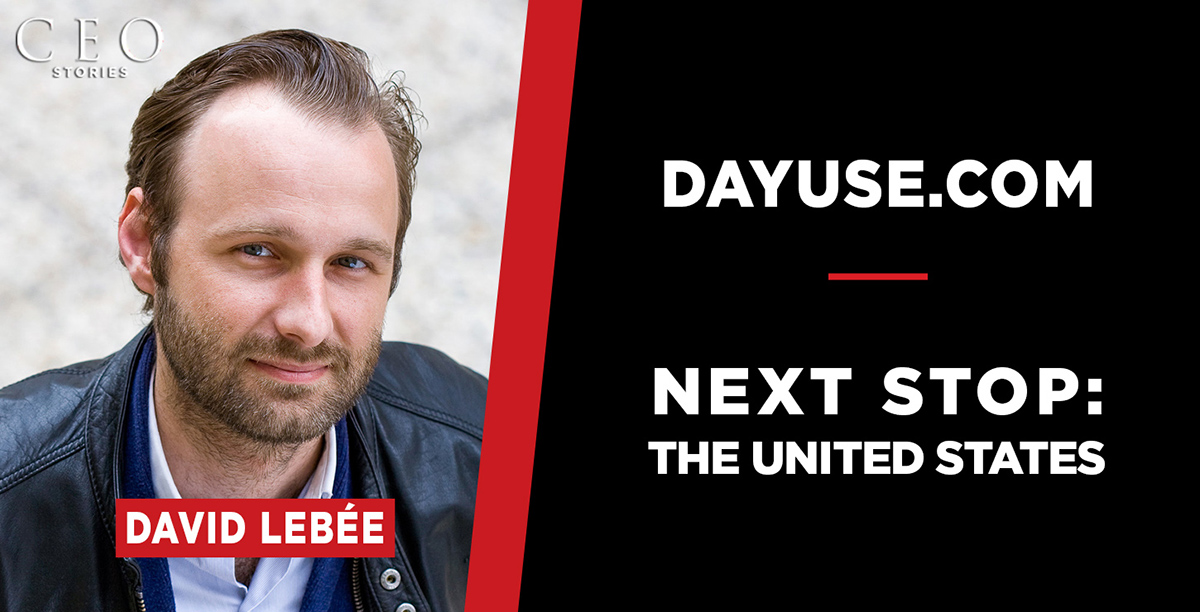The world of eCommerce is growing, and not just in the United States. According to JP Morgan, the U.S. has the second-largest eCommerce market in the world, worth an estimated $744.1 billion. It’s second only to China, whose eCommerce sector is valued at $1.15 trillion. That’s a lot of cash, but with 78% of U.S. citizens already shopping online, you may find yourself looking for an even larger market. Enter: global eCommerce.
The internet makes any business, regardless of their home base, a click away. For this reason, eCommerce businesses are some of the easiest to expand internationally. Overall, it doesn’t take much more than translation, localised payment and shipping options to serve international customers, but a solid global marketing strategy can help you really get a foothold and compete with local businesses that are already thriving overseas. These tips can help you expand your eCommerce business abroad.
A, B, C, easy as 1,2,3: discover our latest ebook, “Internationalisation from A to Z”
Create A “Glocalised” Plan
Glocalisation, a portmanteau of globalisation and localisation, is used to describe a global product or service that’s adjusted to accommodate local markets. This is a key strategy for succeeding with eCommerce on a global scale. Let’s face it: different people in different locations have different wants and needs, so you may want to adjust your offerings in order to meet them.
On a large scale, we’ve seen this with McDonald’s. Though they’re not exactly an eCommerce brand, they do have a highly successful glocalisation plan. For example, the company added a vast array of vegetarian options – like the Big Spicy Paneer and the vegan McAloo Tikki – in India, where a large population is vegetarian. In the United States, McDonald’s doesn’t offer any vegan dinner and lunch meal options.
To create your glocalisation plan, you’ll need to do some market research. Check out the competition and see what they’re offering the local population where you want to expand. For some eCommerce businesses, like fashion, trends may slightly differ. For others, like consumer electronics, there may be differing electrical requirements. Overall, glocalisation can be costly, so you may want to enter one new territory at a time.
Strengthen Your Social Media Presence
The good thing about modern marketing is that it mostly takes place online. As an eCommerce business, you don’t have to worry (at least at first) about buying local TV ads in foreign countries when going global, and you don’t have to worry about opening a brick-and-mortar store overseas to get extra foot traffic. The truth is that eCommerce businesses are some of the easiest to expand across the globe because the globe is, theoretically, just a click away.
In order to grow your eCommerce business abroad, you’ll want to craft a social media campaign that targets international users. You can do this a number of ways, but many companies find success with the following strategies:
- Work with social media influencers that have a large international following.
- Use Facebook and Instagram ads targeted towards global demographics.
The first takes a bit of research because you need to not only find influencers, but you have to find influencers who are willing to rep your brand. The latter is a bit easier because you can easily set your ads to reach a foreign country or city. Consider launching a social media contest for an international audience that requires entrants to follow your brand and refer friends.
You also want to make sure that you’re using the local lingo so international users can easily find what they’re looking for. For example, a “tank top” in the United States is a “vest” in the U.K. You don’t want to get a customer’s signals crossed.
Offer Many Payment Options
Different countries prefer to use different methods of payment. In the United States, consumers largely favor credit cards, but other countries prefer contactless cards and digital wallets like PayPal, Google Pay, and Apple Pay. For example, Chinese consumers prefer to use a service called AliPay, whereas some European, North American and South American consumers may prefer to use Stripe.
As it stands, app-based sales account for 55% of all mobile e-commerce transactions, with Amazon, Poshmark, and Letgo as the frontrunners. This is largely because apps allow for speedy checkouts. Even without app-based payment, a number of eCommerce platforms like Shopify already integrate international payment options. The more payment options you accept, the easier it is for consumers to convert, and ease is of the utmost importance. As it stands, cart abandonment rates across all industries rest somewhere around 70%.
Offer 24/7 Customer Care
The one major problem with expanding internationally is time zones. With all the different time zones in the world, it can be difficult enough for international consumers to reach a business during business hours. It becomes even more of a nightmare when you consider the fact that some places have an enormous time difference. For example, China is 13 hours ahead of the east coast of the United States. In other words, Americans are basically sleeping while Chinese people are awake. So, how do you care for customers when you’re not physically in the office – or even physically awake?
There are a number of ways eCommerce businesses offer 24/7 customer care. Some choose to enact the help of a chatbot (since AIs don’t exactly need shut-eye). Others hire customer service representatives in shifts that expand outside of traditional business hours. This creates a larger window, even if it’s not 24/7. Others outsource their customer service entirely to companies that specialise in 24/7 customer care.
Bottom Line
Expanding your eCommerce business internationally doesn’t have to be complicated, but there are a couple of things to keep in mind. You’ll need to have a perfectly translated website adapted to the local markets you’re targeting, and don’t forget to adapt shipping costs and delivery modes either. Thankfully, a few minor adjustments can help your business enter the global market without a hitch.
Ryan Gould – Vice President of Strategy and Marketing Services
From legacy Fortune 100 institutions to inventive start-ups, Ryan brings extensive experience with a wide range of B2B clients. He skillfully architects and manages the delivery of integrated marketing programs, and believes strongly in strategy, not just tactics, that effectively aligns sales and marketing teams within organisations.







